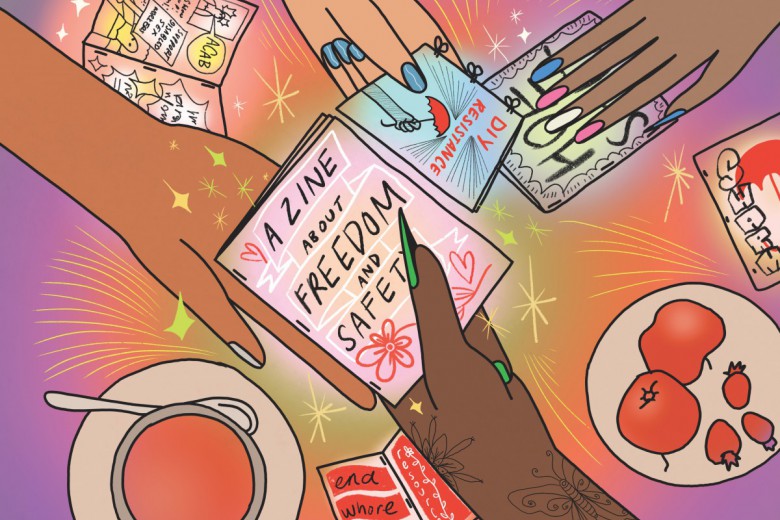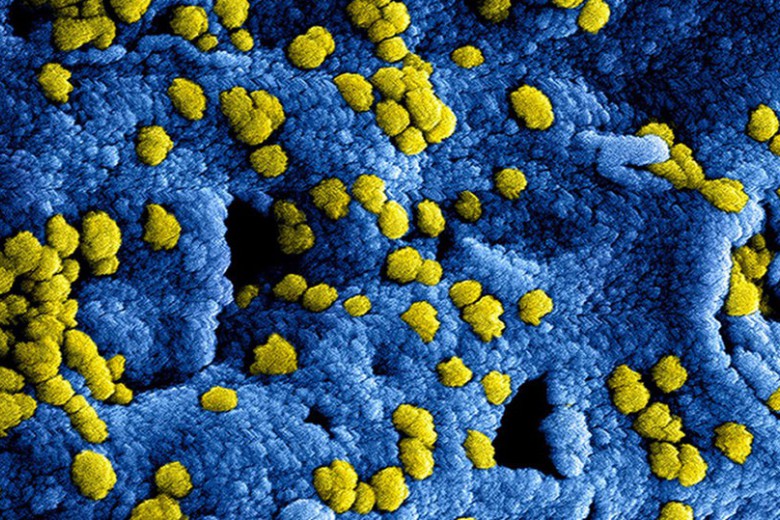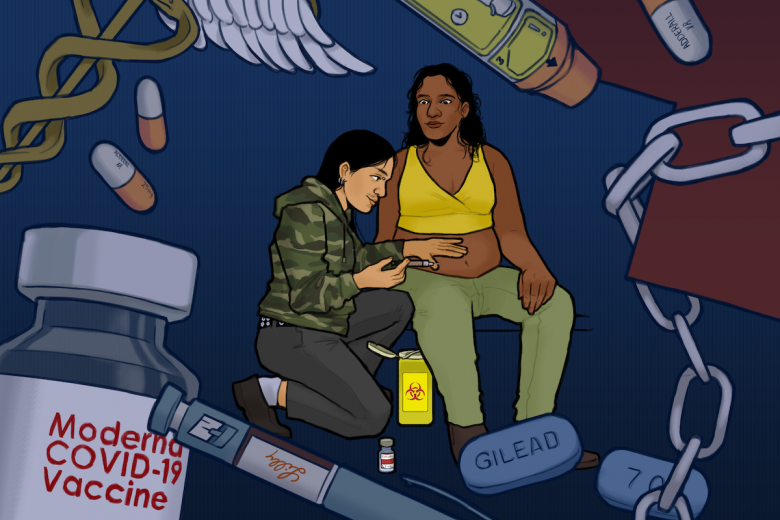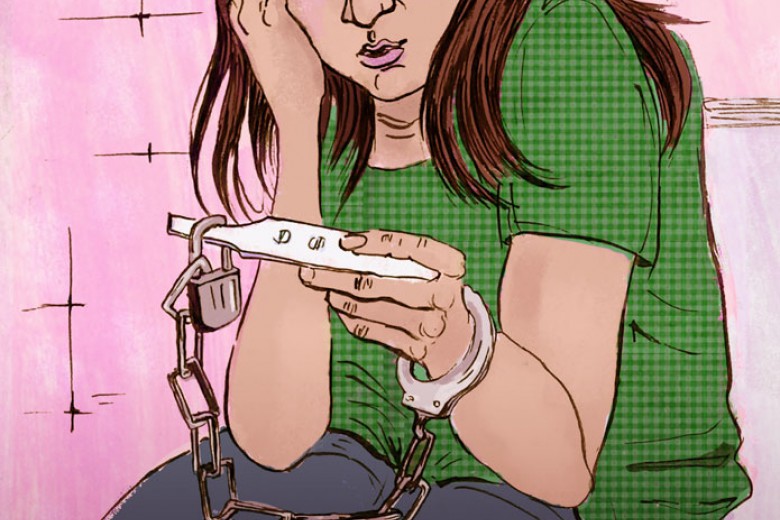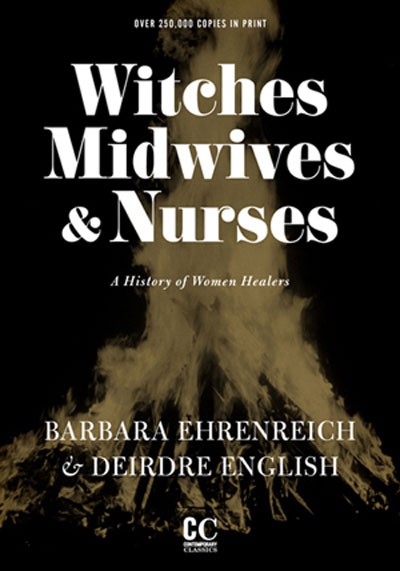
Witches, Midwives & Nurses: A History of Women Healers
By Barbara Ehrenreich and Deirdre English
Feminist Press, 2010 (2nd edition)
In the classic zine Witches, Midwives & Nurses: A History of Women Healers, republished as a book with a new introduction in 2010, authors Deirdre English and Barbara Ehrenreich provide an overview of the repression and exclusion of women lay healers in Europe and the United States. The authors explore the connection between the witch hunts in Europe and attempts to eliminate and discredit women healers, as well as the rise of an elitist and male-dominated medical establishment in the United States.
Although times have certainly changed since the original edition was published in 1973, with more women entering medical school, and midwifery and nursing gaining increased legitimacy, much of the authors’ original analysis remains poignant today. “For all our gains,” state the authors at the end of their new introduction, “we clearly have our work cut out for us.”
The authors begin by detailing the justifications for the witch hunts which took place in Europe throughout the 14th and 17th centuries and saw an estimated 50,000 to 100,000 of mostly peasant women killed, often in times of social upheaval and rebellion. Although multiple explanations for the witch hunts exist, the authors assert that witches were targeted because they “represented a political, religious and sexual threat” to the existing order. They emphasize that the witch hunts were not the product of mass hysteria, but rather followed “well-ordered, legalistic procedures” coordinated by an unholy alliance of the Church, the state, and the newly-emerging medical profession. The “crimes” of witches included unabashed female sexuality, providing contraceptive devices or procuring abortion, and knowledge of the healing arts, all of which were considered signs of concert with the devil. The crime of being a healer, in particular, gained new strength with the rise of the medical profession in Europe, from which women were formally barred due to their exclusion from the universities, with untrained healers dismissed as witches.
English and Ehrenreich illuminate the exclusions and class biases that were inherent in the establishment of professions such as medicine, which they liken to “the creation of a ruling class.” Professionalization, they say, was intended as much to solidify the legitimacy and dominance of a particular group within a given discipline as to indicate technical competence.
In the case of the American medical establishment, they explain how the rise of formally trained medical doctors – overwhelmingly male, white and upper-class – came to dominate both lay healers and those trained in more accessible medical training facilities that opened in the wake of the Popular Health Movement of the 1830s and ’40s. The Movement saw a proliferation of new medical philosophies and an emphasis on mild, preventative care that contrasted sharply with the “heroic” and often dangerous cures offered by formally trained doctors. In the early years, formally trained doctors had no significant scientific knowledge over these more community-based or lay healers, until philanthropic foundations began to intervene, dictating who received funding to acquire newly emerging scientific knowledge. With the subsequent emergence of licensing laws that gave formally trained doctors a monopoly on all medical knowledge, lay healers, including midwives, were slowly discredited.
These insights about the perils of professionalization hold new relevance today, with midwifery now a regulated profession in several Canadian provinces, usually requiring a specialized undergraduate degree and membership in a professional organization. These changes have been useful in many respects (midwifery care is now covered by public health care systems in many provinces, for example, making it more accessible outside of the upper-middle classes, and ensuring that midwives are respected and adequately compensated for their services), but the professionalization of midwifery has not come without controversy. Many have worried that the requirement of a university degree for practice would make midwifery elitist, taking midwifery care out of marginalized communities and fundamentally changing the spirit of midwifery practice. If there is a limitation to this second edition, it is that the authors do not delve deeply into the complexities of the emergence of midwifery as a professionalized discipline in their new introduction – an omission that seems significant in light of the fervency of their earlier critiques of professionalization.
Nevertheless, Witches, Midwives & Nurses provides a useful historical reflection point in which to consider the current trajectory of midwifery care and health care more broadly. By providing an overview of how midwives and other women and lay healers were excluded from the medical profession, the book raises useful questions for considering the implications of having midwives included as part of a state-sanctioned, professionalized health care system. We can only hope that the publication of this new edition, considered in the current context, inspires a new generation to explore the way forward for socially conscious, community-based health care.


